Top 10 Places You Must Visit in Italy
Italy – a place of where the Roman Empire originated from, well-known for interesting architecture, art, music, delicious culinary specialties and incredible tourist spots that attract travelers from all over the world. Give yourself that pleasure and walk down the streets of Italy. If you never visited some of the magnificent places in Italy, now is the right moment to make that right.
Table of Contents
1. Rome
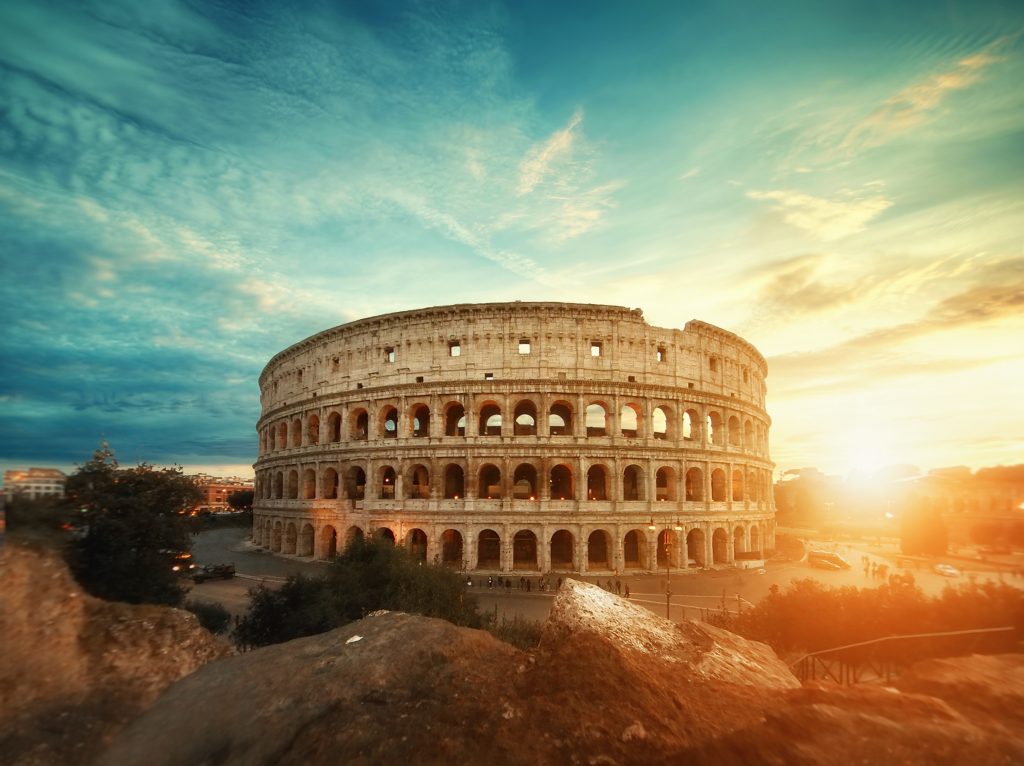
Choosing among numerous amazing cities of beautiful Italy, it is hard to select just a few of them, but if you are, don’t make a list without putting the Eternal city on the first place. Rome is one of the top attractions among the cities in Italy, and you will find out why when you visit it. Once the center of the Roman Empire and today has been the residence of Italy’s government and its capital. Rome represents a huge city that has historical background and modern present. In fact, walking down the wide avenues or narrow alleys, every step you take will lead you to some of the incredible architectural attractions.
2. Napoli
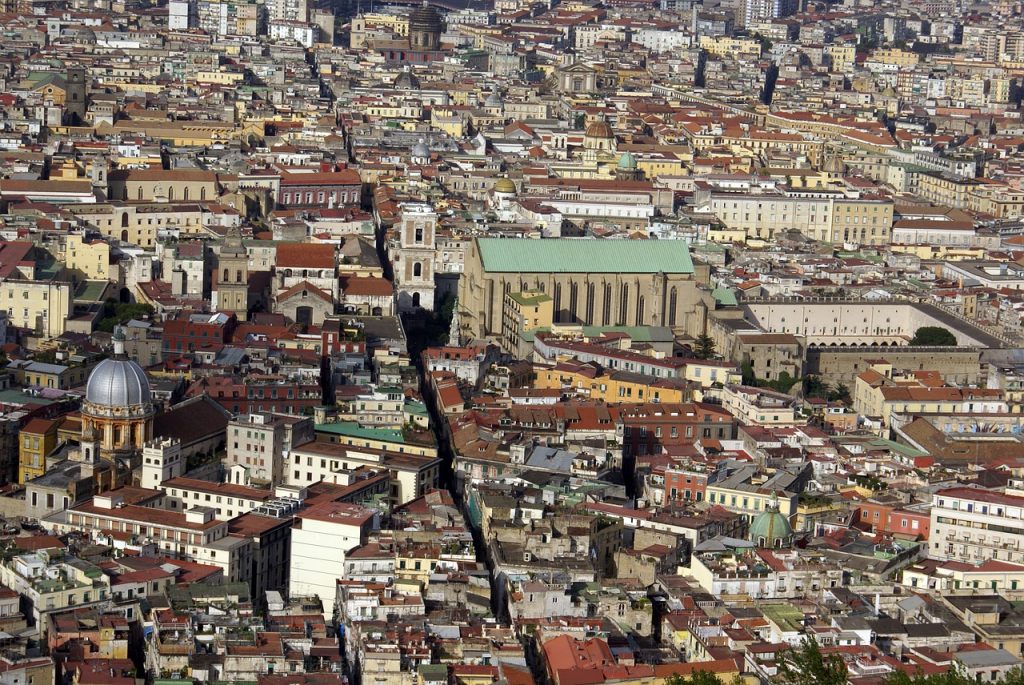
Mythological city in the southwest of Italy, a beautiful Campania region at the coast of the Tyrrhenian Sea. The moment you arrive to Napoli, you will instantly see all the charming characteristics peculiar to Italians – loud, melodic talk, expressed gestures, strong emotions and crazy driving. This wondrous city strikes with its rich history, Mediterranean architecture, art, beautiful scenery, natural resources, friendly people, food, music… it is really hard to count all the great sides of this fascinating city and reasons why it should cross your mind when you’re wondering where to go in Italy. On the other side, equally enchanting are the contrasts that make it so magical and the unique atmosphere – on the numerous terraces full of flowers you’ll see freshly hanged laundry, get confused by the chaotic traffic, and the vivid stories about Naples mafia will make you believe you entered a movie set.
3. Italian Lake District
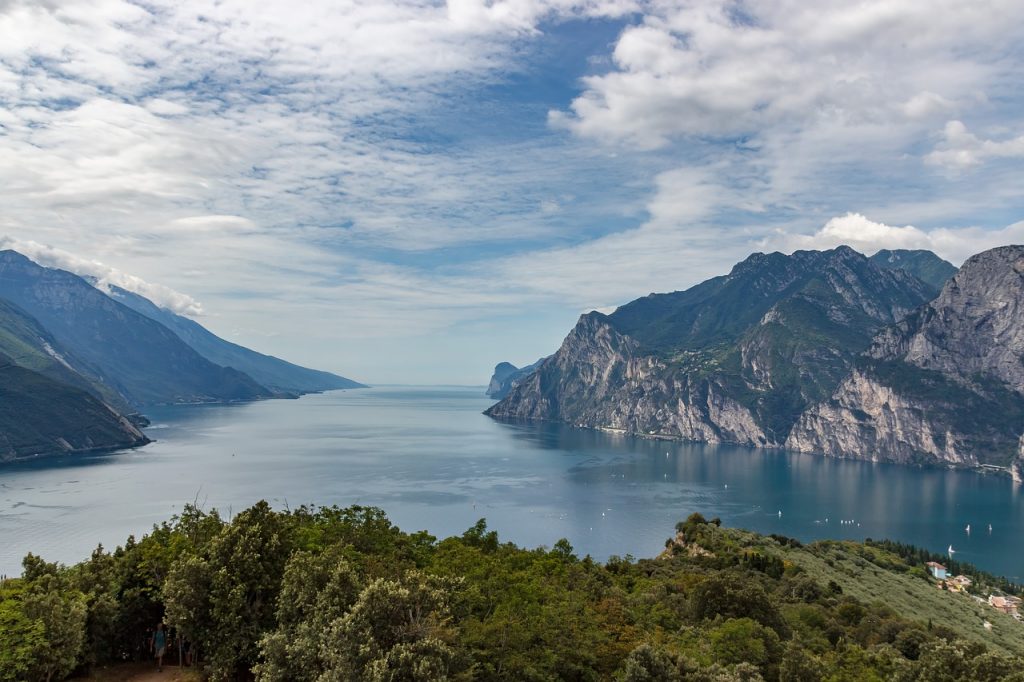 The Italian Lake District spreads over northern Italy; south parts end of the most of these lakes are flat. While the north parts are in the mountain area, hidden deep in the Alps. Lake Garda is the largest of them and offers an impressive scenery with specific vegetation and gets visited by hundreds thousands of tourists every year. Second largest lake in Italy is the Lake Maggiore. However, it represents a beautiful mix of Mediterranean and Alpine beauty. Lake Como is the smallest, but equally stunning, with forest slopes that rise directly from the water. It’s a lake of glacial origin, characterized by the emerald color of the water and the beautiful green vegetation surrounding it. The natural beauty that surrounds it attracts world-famous personalities, staying in the villas along its coast.
The Italian Lake District spreads over northern Italy; south parts end of the most of these lakes are flat. While the north parts are in the mountain area, hidden deep in the Alps. Lake Garda is the largest of them and offers an impressive scenery with specific vegetation and gets visited by hundreds thousands of tourists every year. Second largest lake in Italy is the Lake Maggiore. However, it represents a beautiful mix of Mediterranean and Alpine beauty. Lake Como is the smallest, but equally stunning, with forest slopes that rise directly from the water. It’s a lake of glacial origin, characterized by the emerald color of the water and the beautiful green vegetation surrounding it. The natural beauty that surrounds it attracts world-famous personalities, staying in the villas along its coast.
4. Pompeii
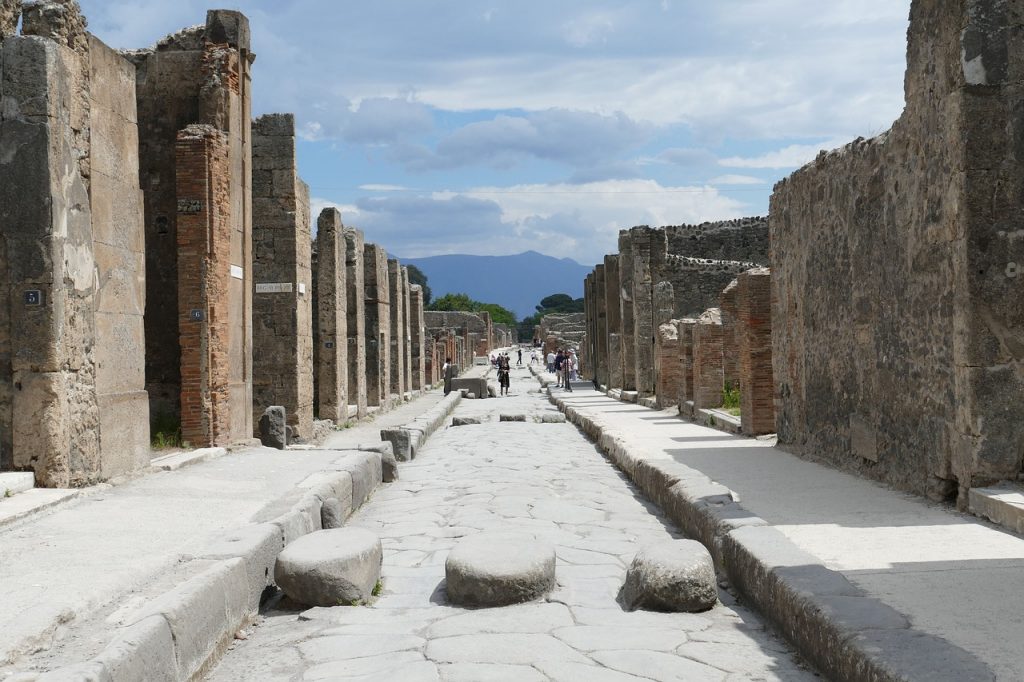 Only a few kilometers southeast of Naples is located the ancient city of Pompeii. To tour the sites of the once wealthy city, that was completely destroyed in the eruption of Vesuvius in 79 AD, you’ll need at least 3 to 4 hours, and a guide is certainly welcome to get a true picture of how it looked two thousand years ago. Thanks to a thick layer of ash, buildings are highly conserved, so that people have the opportunity to visit the remains of many houses, temples, baths and arenas. In many baths or spas you will be able to glimpse how the much hedonist they were and how they enjoyed the hot and cold baths, massages, treatments, and perhaps some slightly different and sensuous pleasures. The numerous examples of erotic art that were found during excavations of Pompeii shocked the archaeologists of the 18th century so much, that some of them even were inaccessible to the public until 2000.
Only a few kilometers southeast of Naples is located the ancient city of Pompeii. To tour the sites of the once wealthy city, that was completely destroyed in the eruption of Vesuvius in 79 AD, you’ll need at least 3 to 4 hours, and a guide is certainly welcome to get a true picture of how it looked two thousand years ago. Thanks to a thick layer of ash, buildings are highly conserved, so that people have the opportunity to visit the remains of many houses, temples, baths and arenas. In many baths or spas you will be able to glimpse how the much hedonist they were and how they enjoyed the hot and cold baths, massages, treatments, and perhaps some slightly different and sensuous pleasures. The numerous examples of erotic art that were found during excavations of Pompeii shocked the archaeologists of the 18th century so much, that some of them even were inaccessible to the public until 2000.
5. Milan
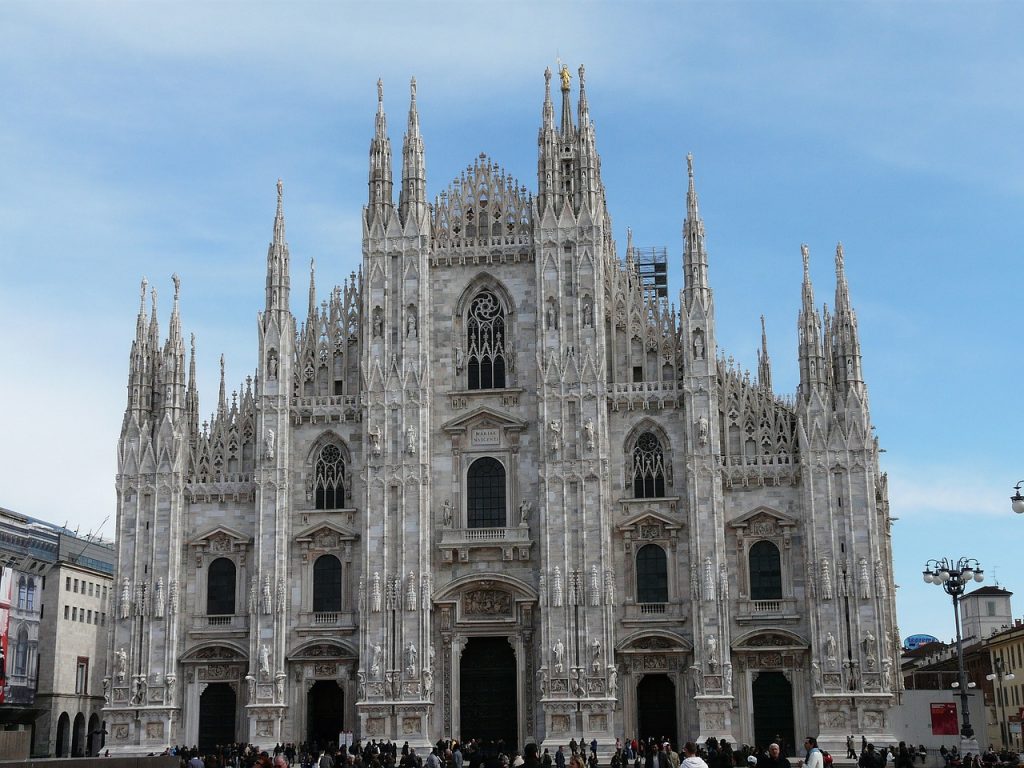 Even though nearly destroyed by bombing during WWII, Milan was successfully reconstructed and it shines today as one of the richest cities in Europe and most popular cities in Italy for tourists. Also known as world’s fashion center, Milan attracts travelers from all over the world with its stores and shops, but also with some of the most famous treasures of the world; arts of Leonardo da Vinci, the Scala and with one of the largest Gothic cathedrals in the world. The rule of the aristocracy and dynasties of the Medieval period transformed many of the Italian cities into open-air museums, and Milan was lucky enough to be a part of that transformation. Today, you can find here imposing public buildings that are a true masterpiece of architecture.
Even though nearly destroyed by bombing during WWII, Milan was successfully reconstructed and it shines today as one of the richest cities in Europe and most popular cities in Italy for tourists. Also known as world’s fashion center, Milan attracts travelers from all over the world with its stores and shops, but also with some of the most famous treasures of the world; arts of Leonardo da Vinci, the Scala and with one of the largest Gothic cathedrals in the world. The rule of the aristocracy and dynasties of the Medieval period transformed many of the Italian cities into open-air museums, and Milan was lucky enough to be a part of that transformation. Today, you can find here imposing public buildings that are a true masterpiece of architecture.
6. Cinque Terre
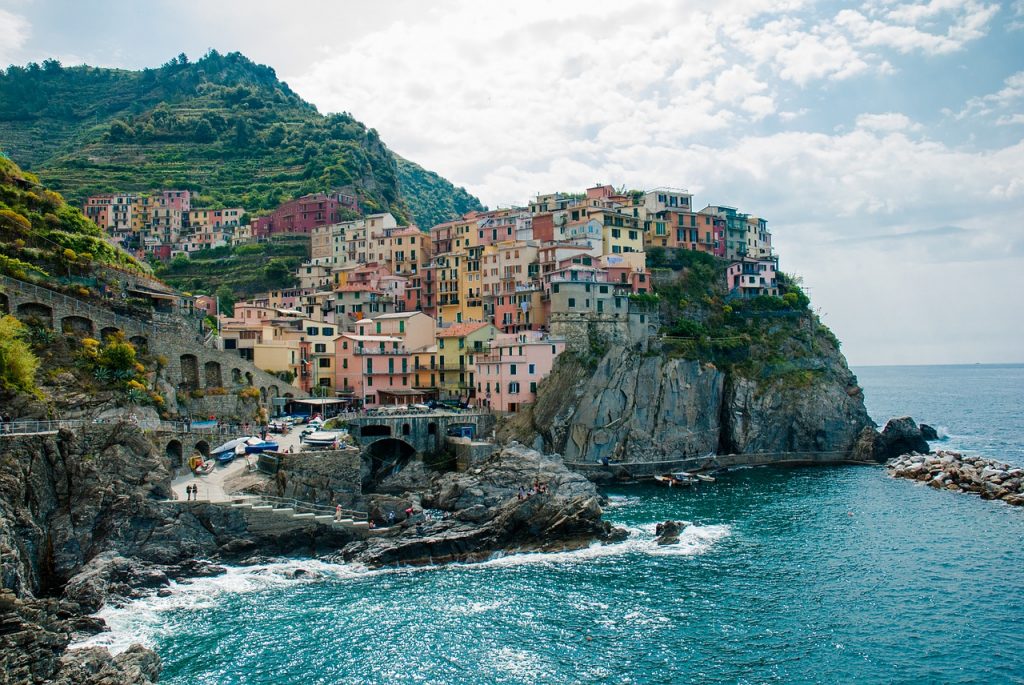 One of the best places to visit in Italy is definitely Cinque Terre; a unique name for 5 villages situated near the Italian coast, making a National park along with the surrounding hills and mountains. It was introduced to UNESCO World Heritage list back in the 1997. Maybe the name doesn’t seem so familiar, but you surely saw the incredible pictures of villages on the steep cliffs, dominated by colorful houses that remind of children’s books. These 5 villages are all located on an area of about 20 km of a beautiful coast and you can visit them all in just one day. They are connected by the “blue trail” as locals call it, also known as the “love trail” because of the many proposals that took place there. However, if walking is not really your thing, you can go on a train and enjoy an amazing ride with the even more beautiful view.
One of the best places to visit in Italy is definitely Cinque Terre; a unique name for 5 villages situated near the Italian coast, making a National park along with the surrounding hills and mountains. It was introduced to UNESCO World Heritage list back in the 1997. Maybe the name doesn’t seem so familiar, but you surely saw the incredible pictures of villages on the steep cliffs, dominated by colorful houses that remind of children’s books. These 5 villages are all located on an area of about 20 km of a beautiful coast and you can visit them all in just one day. They are connected by the “blue trail” as locals call it, also known as the “love trail” because of the many proposals that took place there. However, if walking is not really your thing, you can go on a train and enjoy an amazing ride with the even more beautiful view.
7. Venice
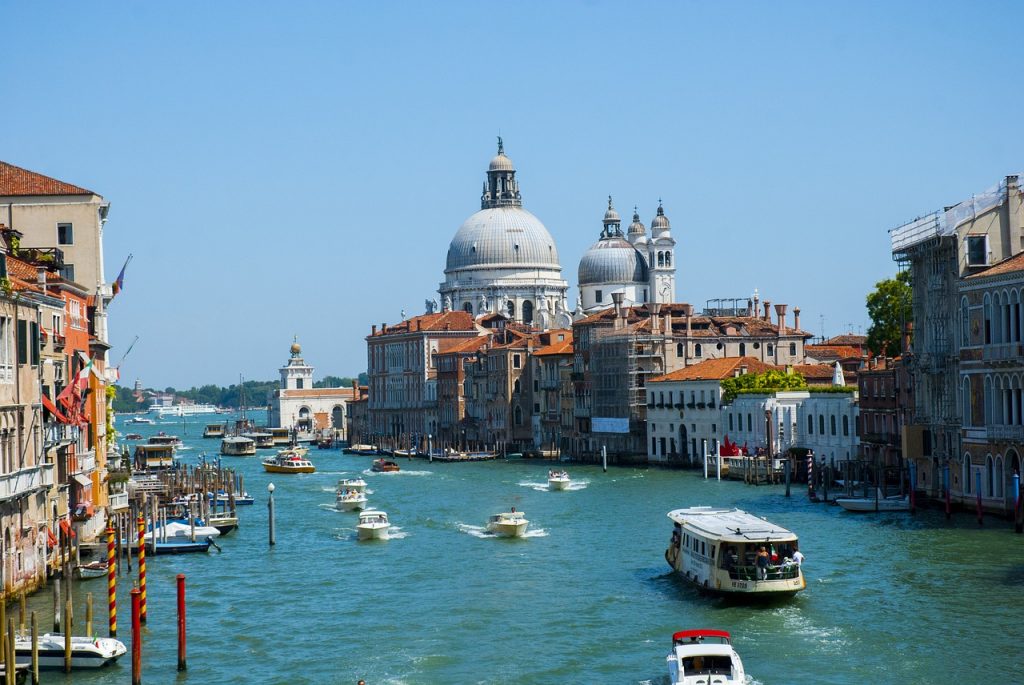 Built in the northern Adriatic Sea on 118 islands, bordered with over 170 channels, which are connected with more than 400 bridges, Venice is one of the most romantic cities you will visit. The city is very easy to navigate on foot or by taxi-boats, and a special experience is the gondola ride. This heaven of romance is beautiful at all times, but especially during the carnival. Moorish and Byzantine influence abounds with Venice’s stunning architecture, and the spirits of its previous residents, Vivaldi and Casanova, can still be felt in the narrow alleys. It is a paradise for lovers of Italian gastronomy, wine and lifestyle. The artistic masterpieces are in every corner, and if you are looking for things to do in Italy, just look behind the hustle and gondoliers and you will see that Venice is not just a story of romance and seduction.
Built in the northern Adriatic Sea on 118 islands, bordered with over 170 channels, which are connected with more than 400 bridges, Venice is one of the most romantic cities you will visit. The city is very easy to navigate on foot or by taxi-boats, and a special experience is the gondola ride. This heaven of romance is beautiful at all times, but especially during the carnival. Moorish and Byzantine influence abounds with Venice’s stunning architecture, and the spirits of its previous residents, Vivaldi and Casanova, can still be felt in the narrow alleys. It is a paradise for lovers of Italian gastronomy, wine and lifestyle. The artistic masterpieces are in every corner, and if you are looking for things to do in Italy, just look behind the hustle and gondoliers and you will see that Venice is not just a story of romance and seduction.
8. Amalfi Coast
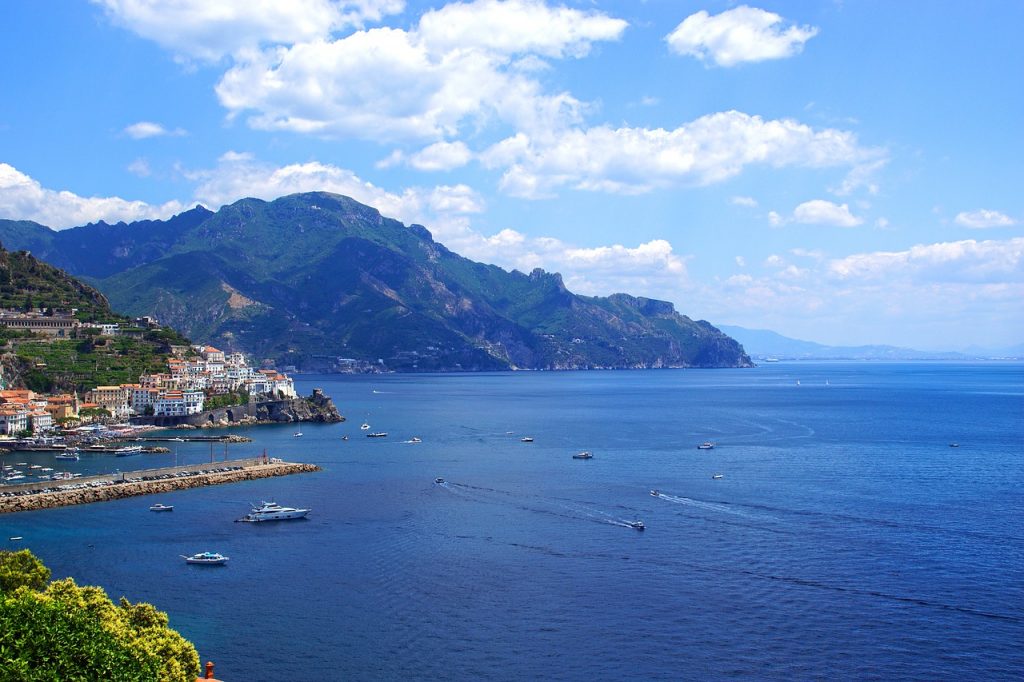 Amalfi Riviera is a beautiful coastline stretching on over 40 km along the south side of the Sorrentine Peninsula. This coast has received a prestigious place on the World Heritage List in 1996. UNESCO has described it as “a remarkable example of the Mediterranean landscape, with exceptional cultural and colorful natural values.” The road provides an amazing view of the slopes of the mountain Lattari, which precipitates into the stunning cobalt blue sea, wearing a green Mediterranean macchia with vivid colors of citrus fruits, vineyards and olive groves. Its unique nature and setting make it one of the best places to visit in Italy, and it would be a real shame to miss it.
Amalfi Riviera is a beautiful coastline stretching on over 40 km along the south side of the Sorrentine Peninsula. This coast has received a prestigious place on the World Heritage List in 1996. UNESCO has described it as “a remarkable example of the Mediterranean landscape, with exceptional cultural and colorful natural values.” The road provides an amazing view of the slopes of the mountain Lattari, which precipitates into the stunning cobalt blue sea, wearing a green Mediterranean macchia with vivid colors of citrus fruits, vineyards and olive groves. Its unique nature and setting make it one of the best places to visit in Italy, and it would be a real shame to miss it.
9. Tuscany
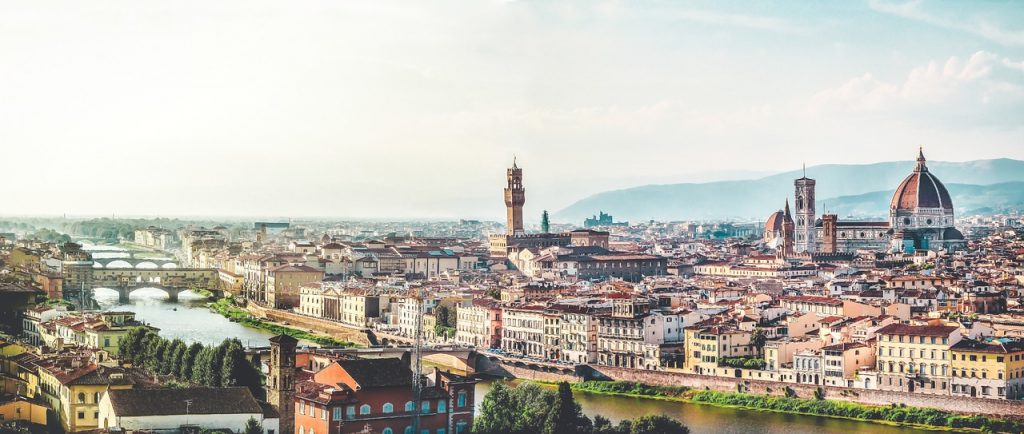 As the most beautiful region in Italy, Tuscany offers a wonderful view of the hills, olive trees, vineyards and cypress trees. Some of the many pleasures in Tuscany represent wine tasting in Chianti, relaxing in mountain towns like San Gimignano and research on the Renaissance art in Florence. The medieval city of Siena also has superb works of art and historical center of the city in Italy. Elba, the largest of several Tuscan islands offers great beaches and the famous Leaning Tower of Pisa.
As the most beautiful region in Italy, Tuscany offers a wonderful view of the hills, olive trees, vineyards and cypress trees. Some of the many pleasures in Tuscany represent wine tasting in Chianti, relaxing in mountain towns like San Gimignano and research on the Renaissance art in Florence. The medieval city of Siena also has superb works of art and historical center of the city in Italy. Elba, the largest of several Tuscan islands offers great beaches and the famous Leaning Tower of Pisa.
10. Sicily
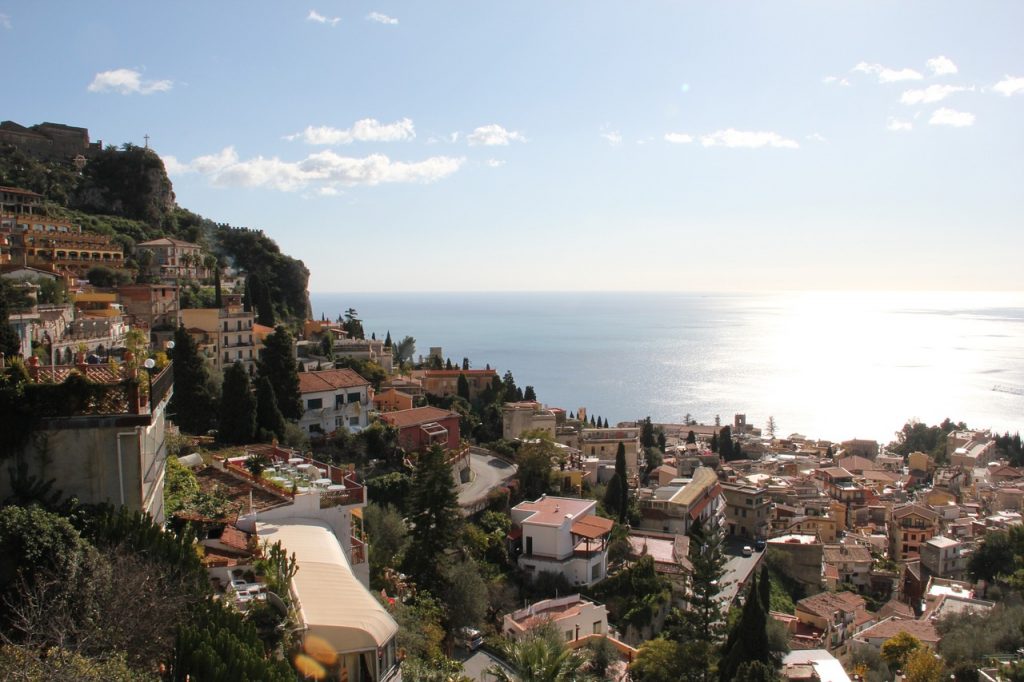 Sicilyis the largest island in the Mediterranean and belongs to Italy, but seems as a country itself with unique traditions, different dialects, cuisine and unique rhythm of life. It’s like a small Mediterranean world from the ancient Greek, ancient Roman, Byzantine, Saracen (Arab) and Spanish heritage. As a holiday destination, Sicily is not only attractive because of the beautiful beaches, it provides an opportunity to learn about a unique part of European civilization and see natural resources like the only active volcano in Europe – Etna. It is considered a huge museum of architecture with the remnants of ancient Greek and Roman cities, buildings of unique Norman-Arab-Byzantine culture and local, Sicilian Baroque style.
Sicilyis the largest island in the Mediterranean and belongs to Italy, but seems as a country itself with unique traditions, different dialects, cuisine and unique rhythm of life. It’s like a small Mediterranean world from the ancient Greek, ancient Roman, Byzantine, Saracen (Arab) and Spanish heritage. As a holiday destination, Sicily is not only attractive because of the beautiful beaches, it provides an opportunity to learn about a unique part of European civilization and see natural resources like the only active volcano in Europe – Etna. It is considered a huge museum of architecture with the remnants of ancient Greek and Roman cities, buildings of unique Norman-Arab-Byzantine culture and local, Sicilian Baroque style.
